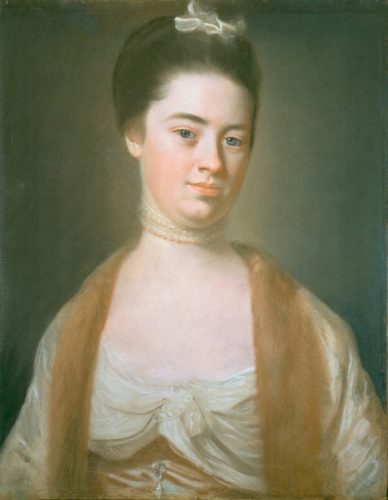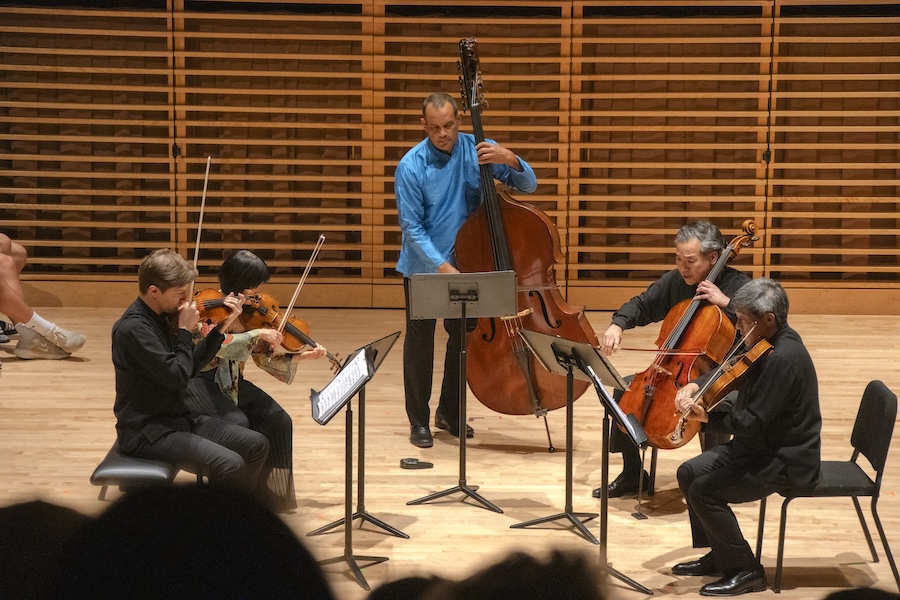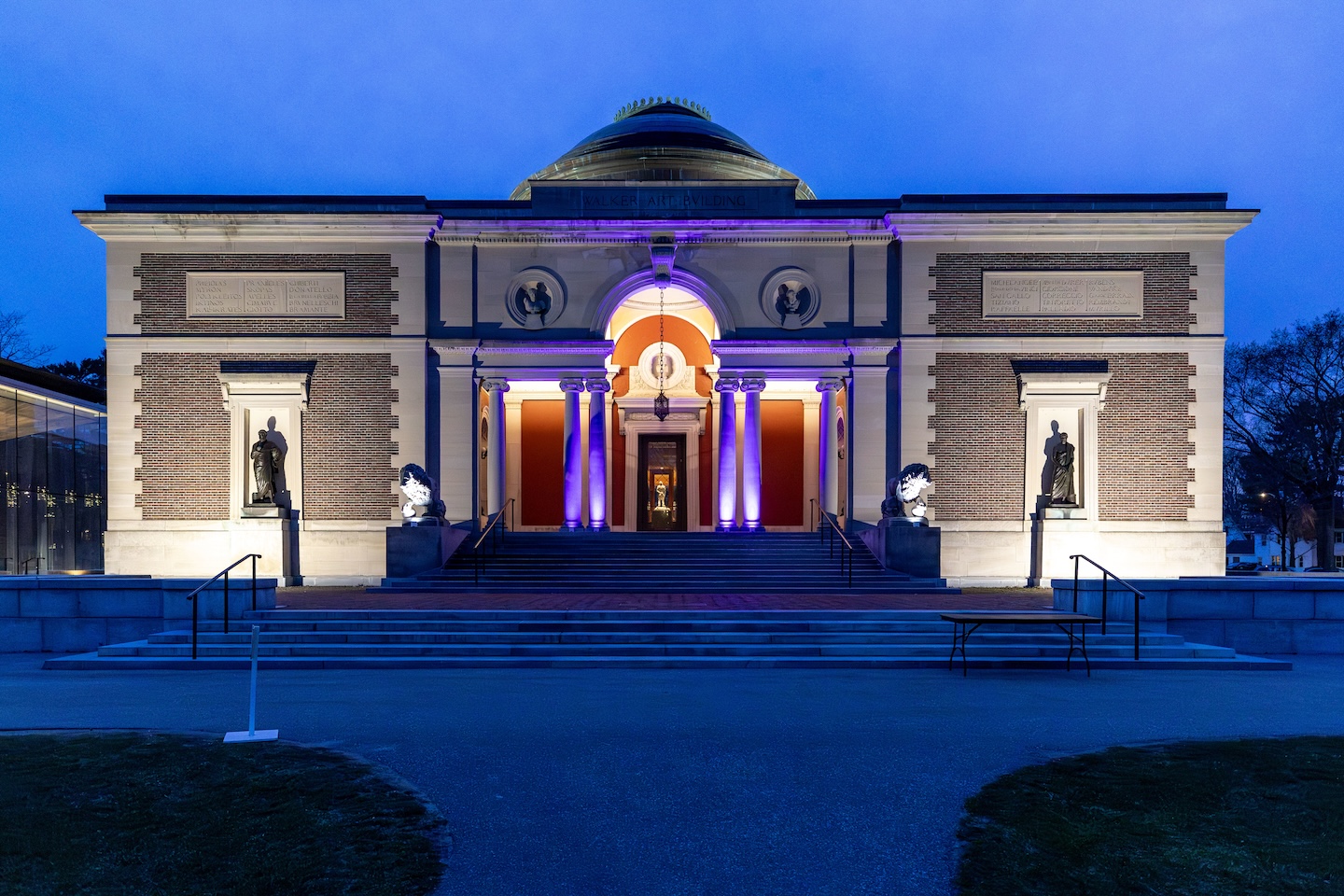John Singleton Copley’s Portrait of Elizabeth Bowdoin
By Bowdoin College Museum of Art
“Lady Temple (Elizabeth Bowdoin),” 1767, pastel, by John Singleton Copley. Private collection.
As a child, Elizabeth Bowdoin (1750–1809) sat with her brother James Bowdoin III for Joseph Blackburn, whose enchanting double portrait has been a favorite of Museum visitors since it was given in 1836. On the occasion of her marriage, she again posed for a portrait, this time for the talented John Copley. His portrait remained in family hands until the mid-twentieth century and is coming to Bowdoin as a loan from a New York gallery. The miniature painter Edward Malbone captured Elizabeth’s and her brother’s likenesses in watercolor in 1804. And the eminent portrait artist Gilbert Stuart again recorded her face in 1806. Elizabeth was keenly aware of portraiture as a means to strengthen family ties and establish a legacy that could be passed down to future generations.
Elizabeth Bowdoin experienced this country’s founding and the development of relations between Britain and the United States from a unique point of view. Elizabeth, a Bostonian, married John Temple (1731-1798) in 1767 at the age of seventeen. Temple, who was twice Elizabeth’s age, was also born in Massachusetts but was raised in England, where he remained until the age of thirty-one. They lived in London from 1771-1785; thus, the United States was founded while Elizabeth was overseas. She remained a British citizen, even when the Temples returned to the United States when John was appointed Britain’s consul general to the United States in 1785. Given her position in a political family, Elizabeth witnessed the establishment of the United States’ domestic and international affairs from an insider’s perspective.
Copley portrays Elizabeth as an elegant woman, fashionably dressed with a masterfully drawn fur-lined cloak. This pastel is one of more than fifty that Copley drew in America between 1758 and 1775 as he worked to establish his artistic career. Though the stylistic evolution of his pastel portraits parallels that of his oil portraits, Copley believed that his pastel works best represented his artistic achievements. So popular were Copley’s pastels that the artist sold them for the same rate as his oil paintings. His pastel portraits were focused, dynamic works distinguished by great hand control and judicious line placement. They appear fresh, intimate, and unusually direct relative to portraits in the more traditional oil medium.
Given its historical context this pastel exemplifies Copley’s sophistication and confidence and relates to a moment of great significance in the history of the United States.



